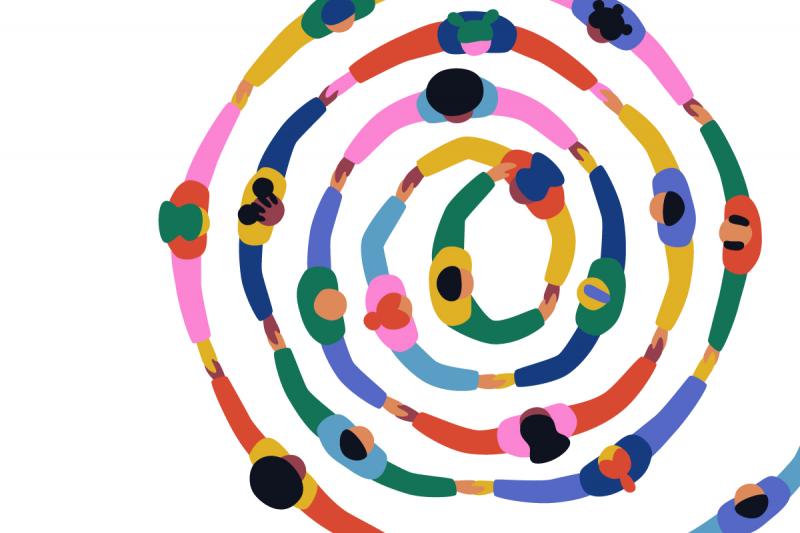
The organizing work that helped to develop today’s response to
domestic violence included a specific focus on criminalization
and law enforcement responses that we are still reckoning with to
this day. While it created legislation to protect some from
intimate partner violence and establish it as a social issue, it
also created structures and funding that formalized and required
relationships between domestic violence and law enforcement
agencies. This approach has continued to underinvest in
prevention and community healing—including frameworks originating
from Black, Indigenous, Native, and Activists of Color. We now
know that multiple solutions are needed to address a wide
spectrum of survivor needs.
The mainstream movement is now coming to terms with the harm it
has caused by creating spaces that are not safe for and cannot
serve all survivors. Locally, domestic violence survivors,
advocates, and preventionists are identifying systemic inequities
and innovating toward alternatives while policy advocates
work to ensure that legislation at national, state, and
community levels are constantly being improved to include the
needs of all survivors and communities. Our new blog series,
Alternatives to the Criminal Legal System, highlights powerful
examples of reasons and methods for these alternatives.
We acknowledge that multiple solutions are needed to end violence
in all forms. We can move toward this vision of healing and
collective liberation by centering the needs of LGBTQ+, disabled,
Black, Indigenous, Native, and Survivors and Communities of
Color.
After you’ve read these pieces,
we’d be grateful to hear your reflections. Have you been
organizing alternatives to the criminal legal system? We welcome
you to write a blog post for our series.